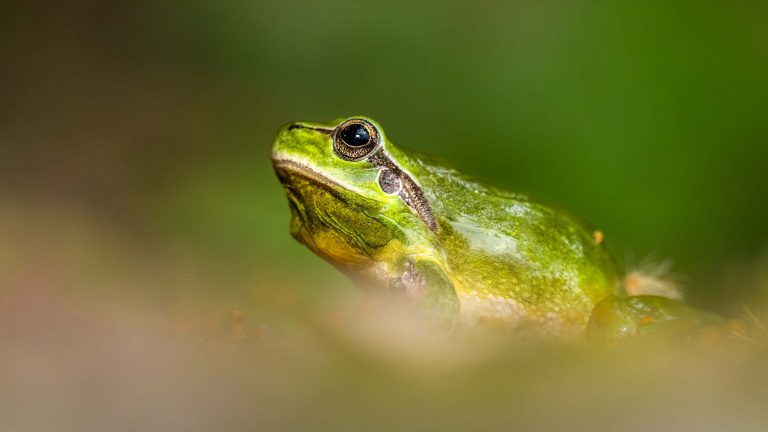What is migration?
Migration is the movement of individuals or groups from one region to another. Migration is typical of several animal groups, such as birds, fish, mammals, insects, etc., and it occurs in response to certain needs.
What does drive organisms to migrate?
Migrations are mainly motivated by the climate conditions involved in seasonal change. When in a certain area there won’t be enough abundance of food to ensure survival, individuals move to areas where that’s guaranteed, even if these great displacements imply using a high amount of energy. They also need to find a place where it will be easier and safer for them to reproduce. A wide variety of animals migrate to northern regions during the months of summer, since the long summer days in those areas ensure a good supply of food. When autumn and cold temperatures are coming, they migrate southwards to find a more benign winter and greater food availability.
When do they migrate?
Choosing the right moment to migrate is awfully important, since birds need to find good conditions when they reach the breeding places in which they have to spend winter, especially in terms of food and meteorology. Over thousands and thousands of years, birds have managed to adjust their internal clock to be able to get a lot of food at their arrival. For migratory birds, punctuality is key: those arriving early won’t find food and, therefore, they will weaken, whereas those arriving late won’t find anywhere to feed and reproduce, since territories and food will have been already distributed.
Some birds must cross great swathes of sea or large deserts where there is no food. It’s a really long and hard journey, for which they must prepare by storing energy reserves (small birds, for example, are able of almost doubling their weight accumulating fat, which works as their fuel during their journey) and preparing their plumage (since they need to keep their feathers in a perfect state, before starting the migration they shed their oldest flight feathers).
How are they oriented?
One of the most interesting aspects in migration is how birds are able to find their way over such great distances. In fact, some species are able to travel every year exactly from the same reproduction place to the same wintering place, located thousands of kilometers away from each other. In order to make such long and precise journeys, they must know somehow where they are and the direction towards which they’re moving, and they must have a sense of time as well. In other words, birds must stuff something like a map, a compass, a calendar and a clock in a brain the size of a pea.
During migration, birds use many types of orientation, based on terrestrial magnetism, the position of the sun or stars, or the recognition of geographical references like mountains or coastlines, among others.
Do all birds migrate?
Not all birds are migratory. It depends on whether they perform migratory movements or not. Bird migratory behaviors can be classified according to the species:
- Residents: They don’t perform migratory movements, so they can be spotted throughout the year. Without many strong seasonal changes, in the Iberian Peninsula there are a lot of resident species.
- Summer visitors: Migratory birds that can only be spotted during the breeding season. Summer visitors usually come from Africa between the end of March and the beginning of May.
- Winter visitors: Migratory birds that can only be spotted during winter. They breed in central and northern Europe every year and come to the Iberian Peninsula to spend the winter seeking better meteorological conditions and greater abundance of food.
- Passage migrants: Migratory birds that spend neither the winter nor the summer in our region, so they can only be spotted during migration, when they fly over our fields in their journey.











